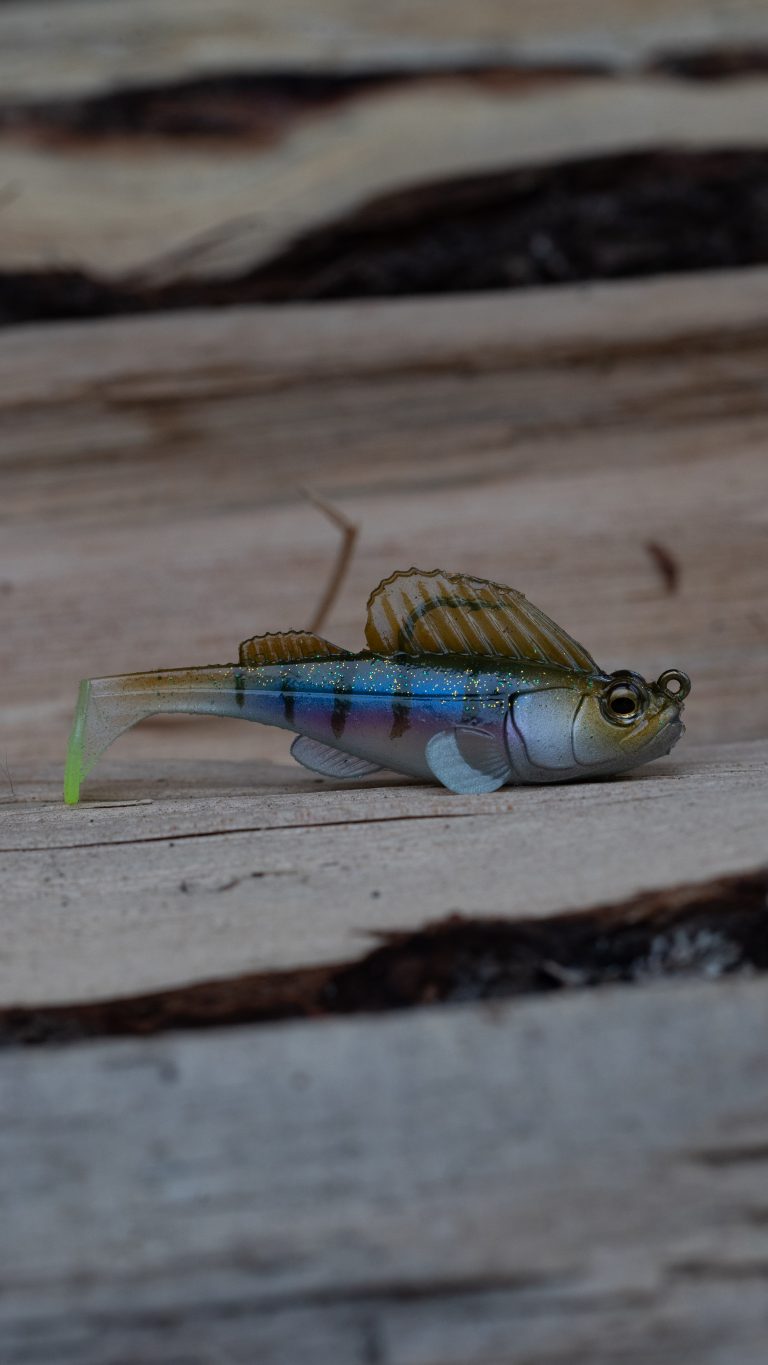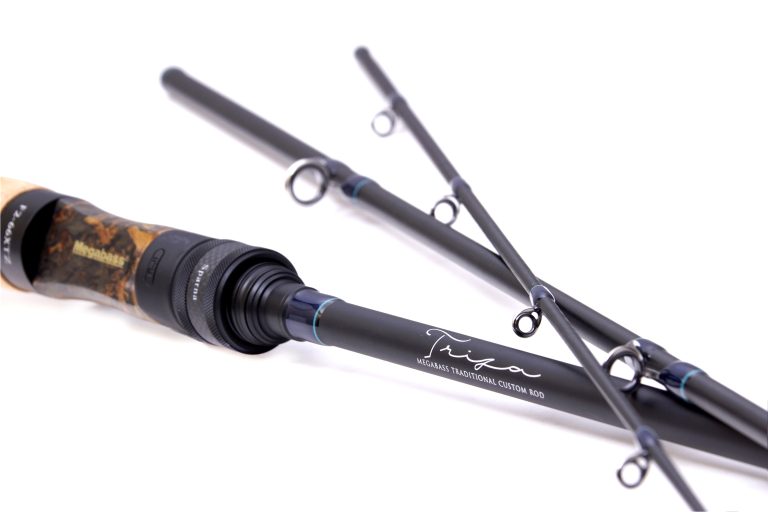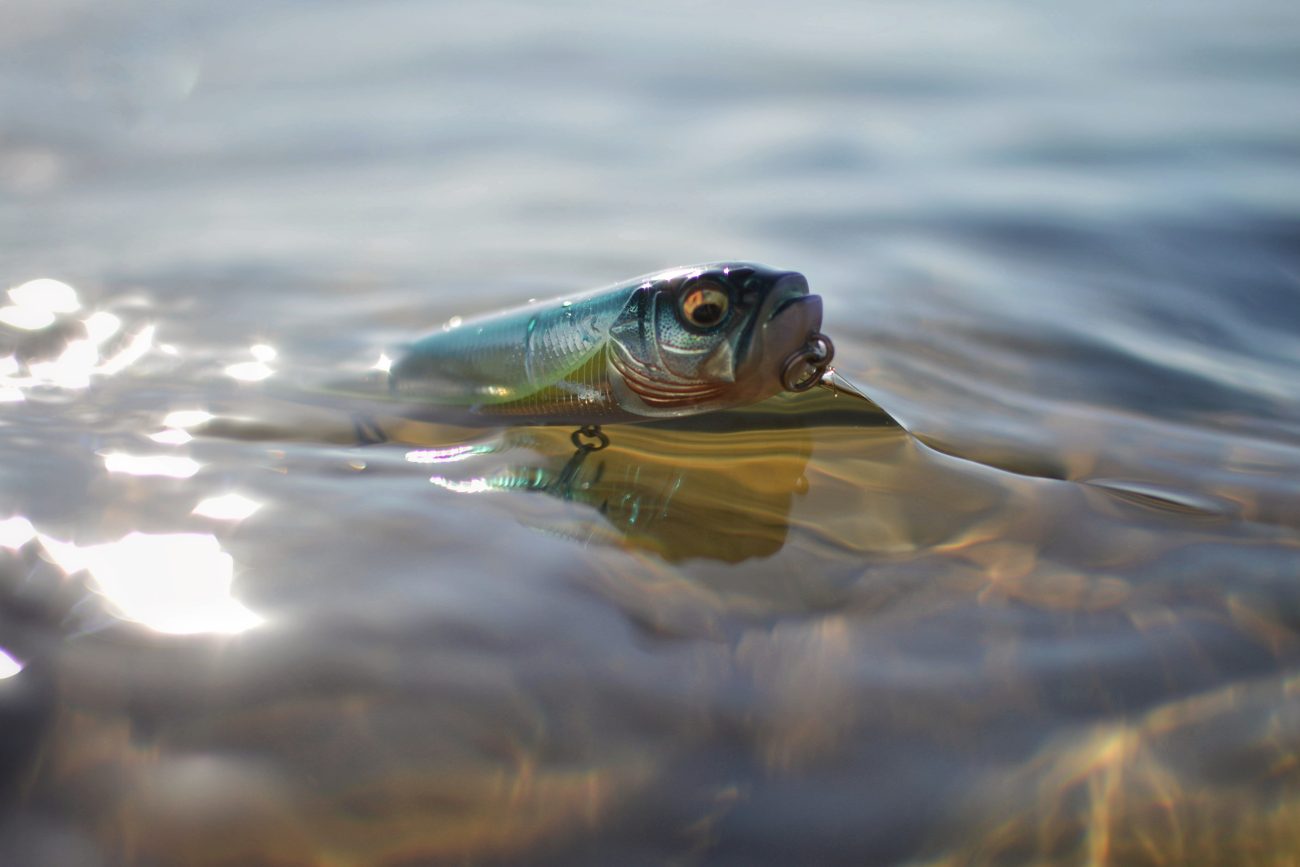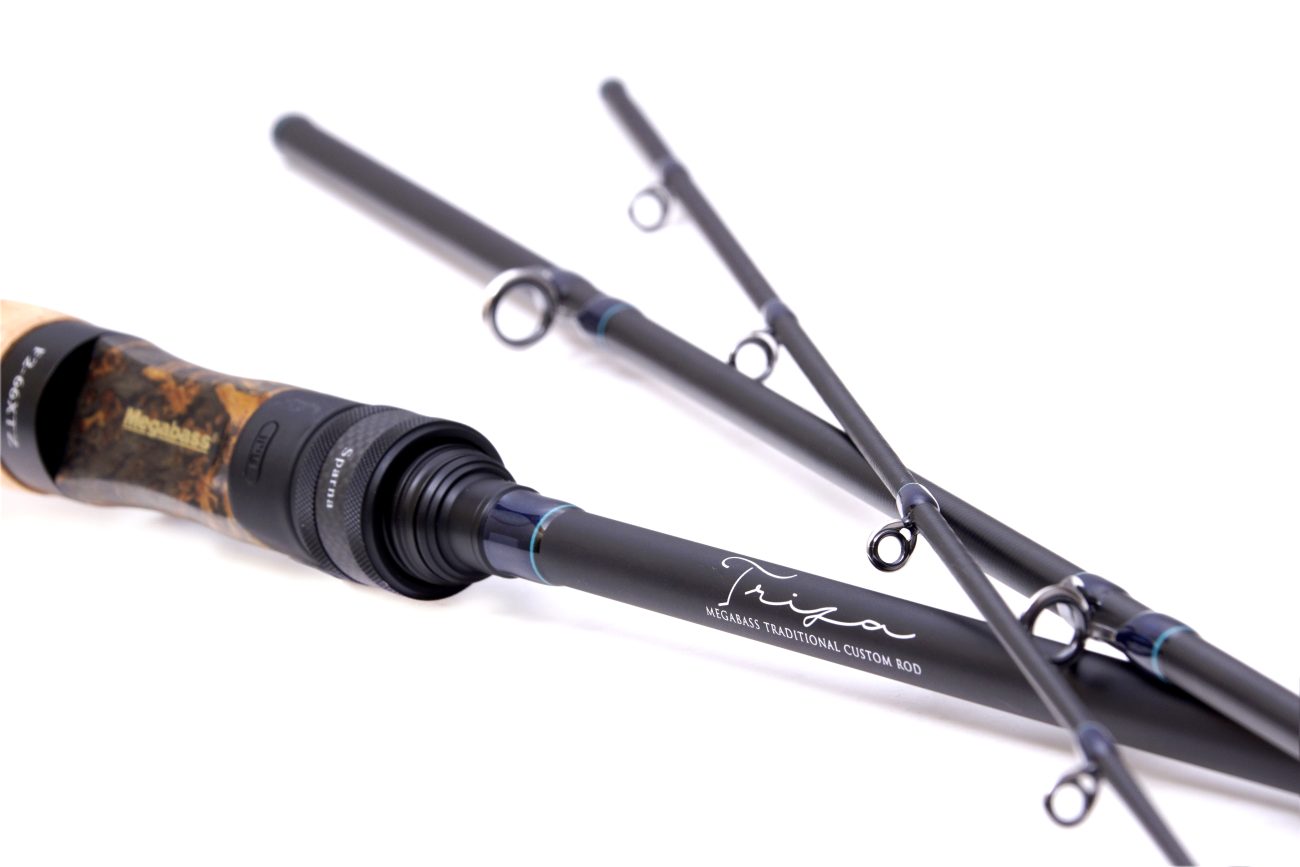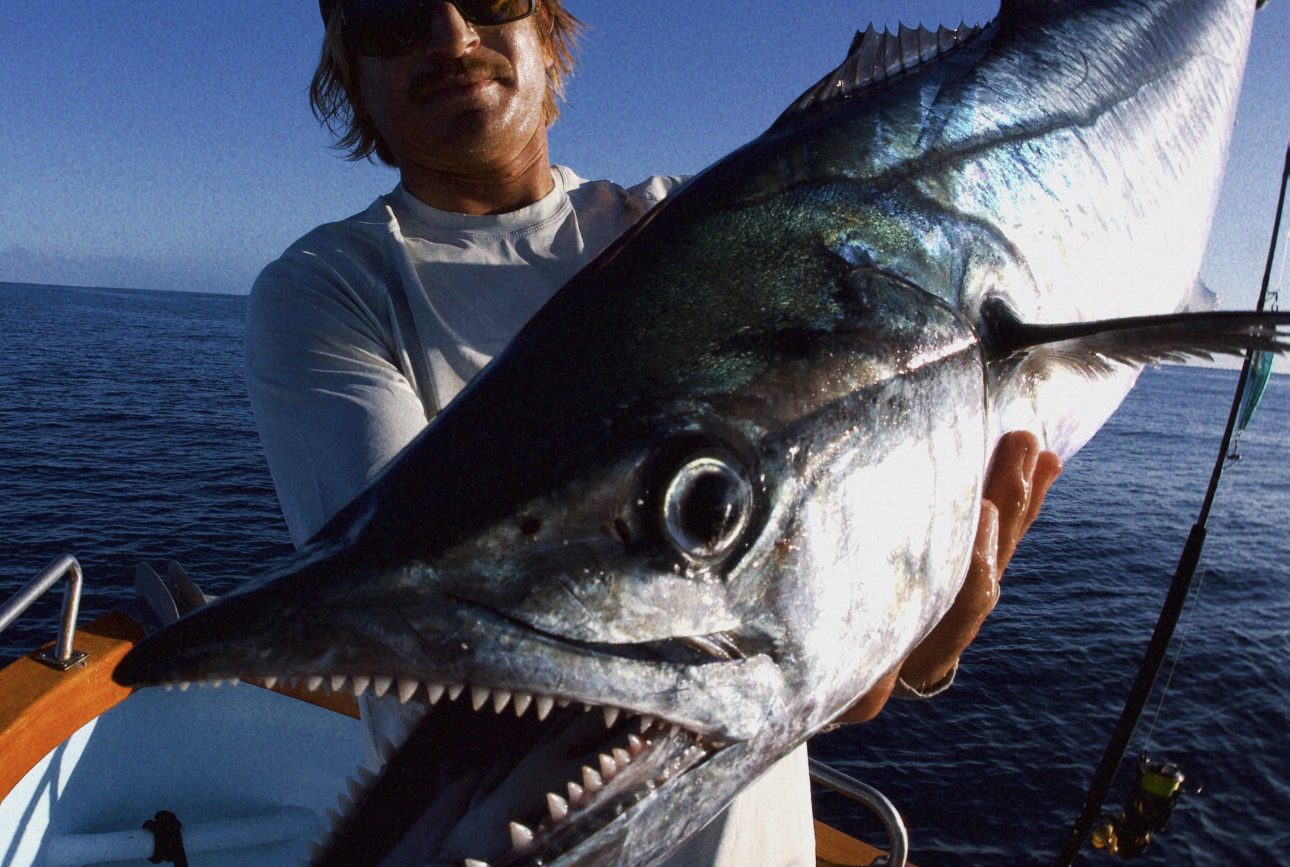Once the bass spawn winds down in lakes across the country, the action is just heating up for anglers who know where to look. As water temps rise and bass wrap up their spawning duties, these fish shift their focus to feeding up before heading offshore for summer. With shad and bluegill on the menu, it’s hard to beat a well-presented topwater popper for explosive strikes and steady hookups.
Why Topwater Poppers Shine After the Spawn
This post-spawn period is prime time for throwing a topwater popper. Bass are hungry and aggressive, pinning schools of shad or bluegill against the bank, in pockets, and around shallow cover. That’s when a roll walking popper really earns its place on the front deck.
According to 2016 Bassmaster Classic champion Edwin Evers, “I have a Megabass Pop-X or PopMax tied on all throughout the year, but this is a time when I really rely on it.” Evers targets fish guarding fry or stalking bluegill beds, making tight casts to willow trees or flooded bushes to draw big bass out of hiding. The commotion of a popper not only imitates struggling prey but triggers territorial instincts in post-spawn largemouth.
Pro Anglers’ Go-To Topwater Poppers
Bassmaster veterans like Edwin Evers and Chris Zaldain have both leaned heavily on the topwater popper this time of year. Zaldain points out that once the shad spawn wraps up and bluegills become the main forage, he makes the switch from classic walking baits to roll walking poppers for more precise, target-oriented fishing.
“I’m focusing on the same places where the largemouths spawned, just backed off a little,” Zaldain explains. “It’s better if there’s an isolated tree, stump or bush in 4 to 5 feet of water. I’ll always make a short roll cast to the shady side first and let it sit for just a couple of seconds. This is the time of year I like to ‘bloop’ it more than use a spitting action. Those bluegill make a dull smacking sound, so I use a different retrieve than I would say in the fall when I retrieve it really fast for shad-type bites. Bloop, bloop, bloop, pause. It drives the big ones nuts.”
How to Fish a Topwater Popper for Bass
One of the great things about a topwater popper is its versatility. In the hands of an experienced angler, it can imitate a wounded shad, a panicked bluegill, or even a small frog. Evers likes that he can work the Megabass Pop-X or PopMax in multiple ways—chugging, popping, or even walking it—depending on what the fish are telling him. He’ll try different cadences until he dials in what’s triggering bites that day.
Zaldain, on the other hand, stresses the importance of casting accuracy, especially when bass are holding tight to isolated cover or shade. Making a quiet, pinpoint roll cast to the shady side of a stump or bush is key, letting the popper sit just long enough before starting a slow, blooping retrieve. That subtle “bloop, bloop, pause” mimics the natural sound of bluegill feeding and drives big bass to strike.
Both pros agree that a topwater popper can pick up fish behind other anglers, thanks to its unique sound and action. As Evers notes, “Obviously, the finishes are completely different from anything else out there. There’s nothing that represents a shad, a bluegill or a frog better.” That extra detail in finish, scale pattern, and even the eyes and gills, helps convince pressured bass to commit, even when they’re otherwise reluctant.
Fine-Tuning Your Topwater Popper Setup
Gear selection matters when fishing a topwater popper. Both Evers and Zaldain prefer monofilament line for this presentation, but with some differences in preference. Evers sticks with 12 to 14-pound test, explaining that anything heavier “deadens the bait.” Zaldain, on the other hand, opts for 20-pound mono, believing it offers better flotation and a “sponge effect” when a fish blows up and makes a hard initial run. That stretch can mean the difference between landing and losing a big one, especially when using thin-wire treble hooks.
For rods, a medium or medium-light stick with a moderate action is ideal. Zaldain’s choice, the Megabass Destroyer USA Oneten Special at 6’11”, gives him the perfect balance of casting distance, lure control, and shock absorption. The short butt section on his rod also helps him make those sneaky sidearm casts for a silent lure entry—crucial for not spooking wary bass when they’re shallow.
Color Selection for Topwater Poppers
Matching your popper color to the forage and water clarity is another piece of the puzzle. GG Bass—featuring a greenish back and chrome belly—is a go-to for both Evers and Zaldain, but they also recommend Gill, Perch, and Pumpkinseed patterns to imitate various panfish species. Zaldain’s personal favorite is White Python, which sports a matte finish and performs whether it’s windy or dead calm, sunny or overcast. He likes how it presents a slightly smaller profile while still producing those important blooping sounds that get attention.
“That helps fish commit, whether you have 2 feet of visibility or 6 feet,” Zaldain says. “They’ll follow a popper for a while and then annihilate it. Experiment with color because it’s really important this time of year.”
Unique Features of the Megabass PopMax and Pop-X
Both the Megabass Pop-X and PopMax bring something special to the topwater game. The Pop-X is a standard-sized 2.5-inch, quarter-ounce popper, while the PopMax stretches out to 3.25 inches and twice the weight, making it ideal for bigger bass and heavier cover. Evers chooses between the two based on expected fish size and water clarity, while Zaldain almost always goes with the PopMax when bluegill are around—unless the water is dead calm or a shad spawn lingers.
What sets these poppers apart is the attention to detail in both finish and function. The PopMax, in particular, features a unique SIX-intake gill system that channels water through the bait and out the sides. This not only creates a more lifelike “bloop” but also helps the popper track true and stay connected to the water’s surface. According to Evers, “the sound is completely different with the way the water flows through the face.” Zaldain adds, “Every time you chug or pop it, water shoots out the gills, which helps it to maintain a consistent bloop. You want consistency and those channels also help it stay hooked up with the surface of the water.”
Pro Tips for Extended Topwater Popper Success
Don’t stash your topwater popper away once the sun gets high. Both Evers and Zaldain keep the popper in play well after the morning “magic hour” is over. As shade lines develop later in the day, Zaldain continues to focus on shady spots, saying, “That’s when the shade lines start to happen. I’ll never work it outside of the shade this time of year.”
This approach lets anglers capitalize on midday and late-day topwater action, especially around docks, overhanging trees, and other structure casting strong shadows on the water.
Conclusion
From late spring through early summer, the topwater popper remains one of the most productive and exciting ways to target post-spawn bass. With a thoughtful approach to lure selection, presentation, and gear, anglers can trigger reaction bites from even the most pressured fish. Experiment with different actions, colors, and retrieves, and keep a topwater popper tied on—because you never know when the next blow-up is going to happen.


